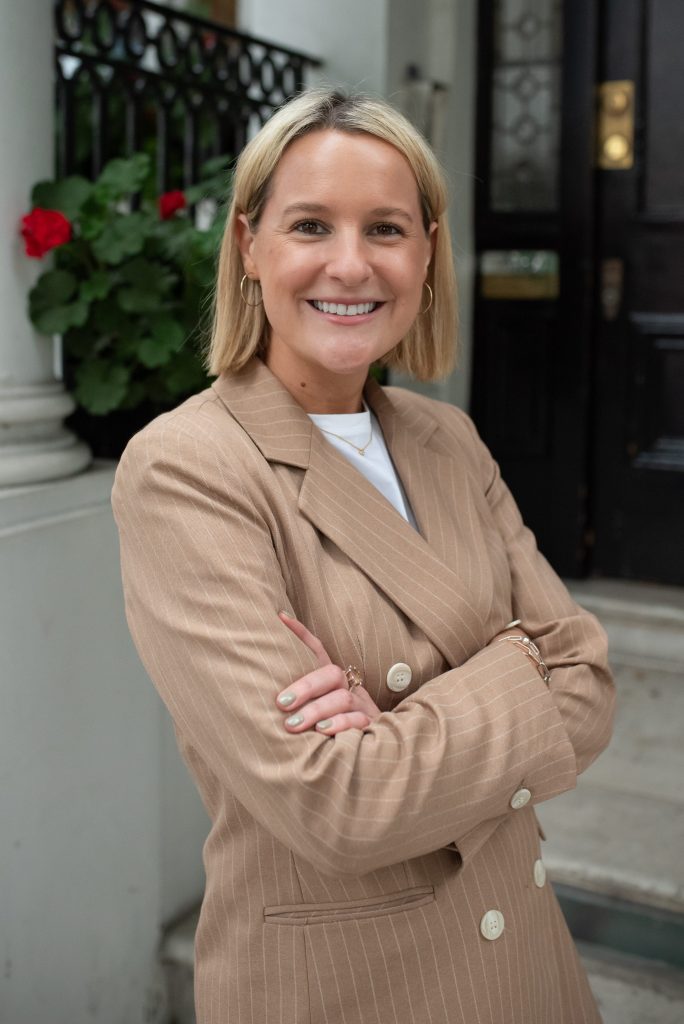Finding Our Why: Glendower’s Future Through the Lens of Ikigai

In our 130th year, we are not only celebrating Glendower’s remarkable history, but we are also shaping its next chapter. At a time of reflection and renewal, we’ve looked not just outward at the challenges and opportunities facing education today, but inward, toward our values, our purpose, and our identity as a school community.
As we launch Glendower 130: Shaping the Future One Girl at a Time, our new strategic vision, I want to offer a way for every member of staff to connect with it not just as a professional document, but as something much deeper, something personal, something lived.
The Japanese concept of ikigai , loosely translated as “a reason for being”, has become a powerful anchor for how we’ve approached this work. It’s a concept that sits at the intersection of what you love, what you’re good at, what the world needs, and what you can be valued and rewarded for. It’s where passion, mission, vocation, and profession meet, and for a school like ours, it’s an incredibly helpful lens through which to shape our future.
When I think about ikigai in the context of Glendower, it becomes clear why this plan must belong to all of us. It cannot sit on a shelf or live only in leadership meetings. It must be something that reflects who we are, what we believe in, and where we’re going, together.
Ikigai in Action: Our Shared Purpose
Our strategy doesn’t begin and end with four pillars and a set of outcomes. It begins with each one of us, our motivations, our strengths, and our shared belief in the power of girls’ education. I invite every member of staff to see this moment as an opportunity to engage in something that’s not just professional, but personal. Here’s why:
- It speaks to what you love – educating, nurturing, and inspiring the girls in our care.
- It draws on what you are good at – the creativity, expertise, and professionalism that define our staff.
- It responds to what the world needs – a generation of girls equipped to lead with confidence, compassion, and courage.
- And it aligns with what Glendower values – a staff community that is forward-thinking, committed, and united in purpose.
This is our ikigai. And when we bring that shared purpose into the strategic vision we’ve created together, it transforms the plan from an institutional roadmap into something that is truly alive.
Glendower 130: A Blueprint for the Future
The structure of our plan reflects the careful listening, thinking, and ambition that have defined this past year. Built around four core pillars, it honours our heritage while setting us up to thrive in an evolving educational landscape.
1. Inspiring Intellectual Growth
We will deepen stretch and challenge in every classroom, infuse the curriculum with critical thinking and leadership, and prepare girls for a future of global awareness and digital fluency.
2. Driving Innovation & Excellence
By harnessing the latest educational research, investing in professional growth, and strengthening our co-curricular offer, we will stay at the forefront of what great teaching and learning can be.
3. Fostering Wellbeing & Community
We will prioritise pastoral excellence and staff wellbeing, while elevating pupil voice, parent partnerships, and a culture of connection and care.
4. Future-Proofing Our Legacy
From sustainable finance and environmental responsibility to digital strategy and access through bursaries, we are laying the foundations for the next 130 years of Glendower.
From Plan to Practice
This is not just a school improvement plan. It’s a collective recommitment to why we are here — a renewal of our shared reason for being. It’s a plan that has been shaped by conversations with staff, governors, parents, and pupils. And it is a plan that will only succeed through the daily dedication of our community.
We have the privilege, and the responsibility, to shape not only what Glendower does, but what it means. We are educating girls to lead lives of purpose. That begins with us leading lives of purpose, too.
Article by Ms Claire Boyd, Head

